Culture: Publishing / Munich
Fine print
As German art-book publisher Schirmer/Mosel celebrates its 50th birthday, we flip through the many pages of its past.

Schirmer/Mosel is run from a quiet ground-floor office near Munich’s Englischer Garten. It’s an old-school operation. There’s no computer on the desk of the owner and founder, Lothar Schirmer, and the team uses trays for in and outgoing correspondence. But this approach hasn’t stopped the art-book publisher from thriving over the past 50 years. To date it has published more than 1,800 titles, including definitive monographs of artists such as Joseph Beuys and photographer Helmut Newton.
Over those years the publisher has also dynamically shifted between styles and mediums. It ventured into literature, with the imprint SchirmerMosel Literatur; fashion, with a monograph on Yves Saint Laurent; and cinema, with books featuring stills from movie-makers Rainer Werner Fassbinder and Andrei Tarkovsky. And there’s more to come. Next year, Schirmer turns 80 but has no plans to step back from publishing. “This is not a profession that lets you retire,” he says, after briefly excusing himself from the interview to check his phone: a message from Isabella Rossellini.
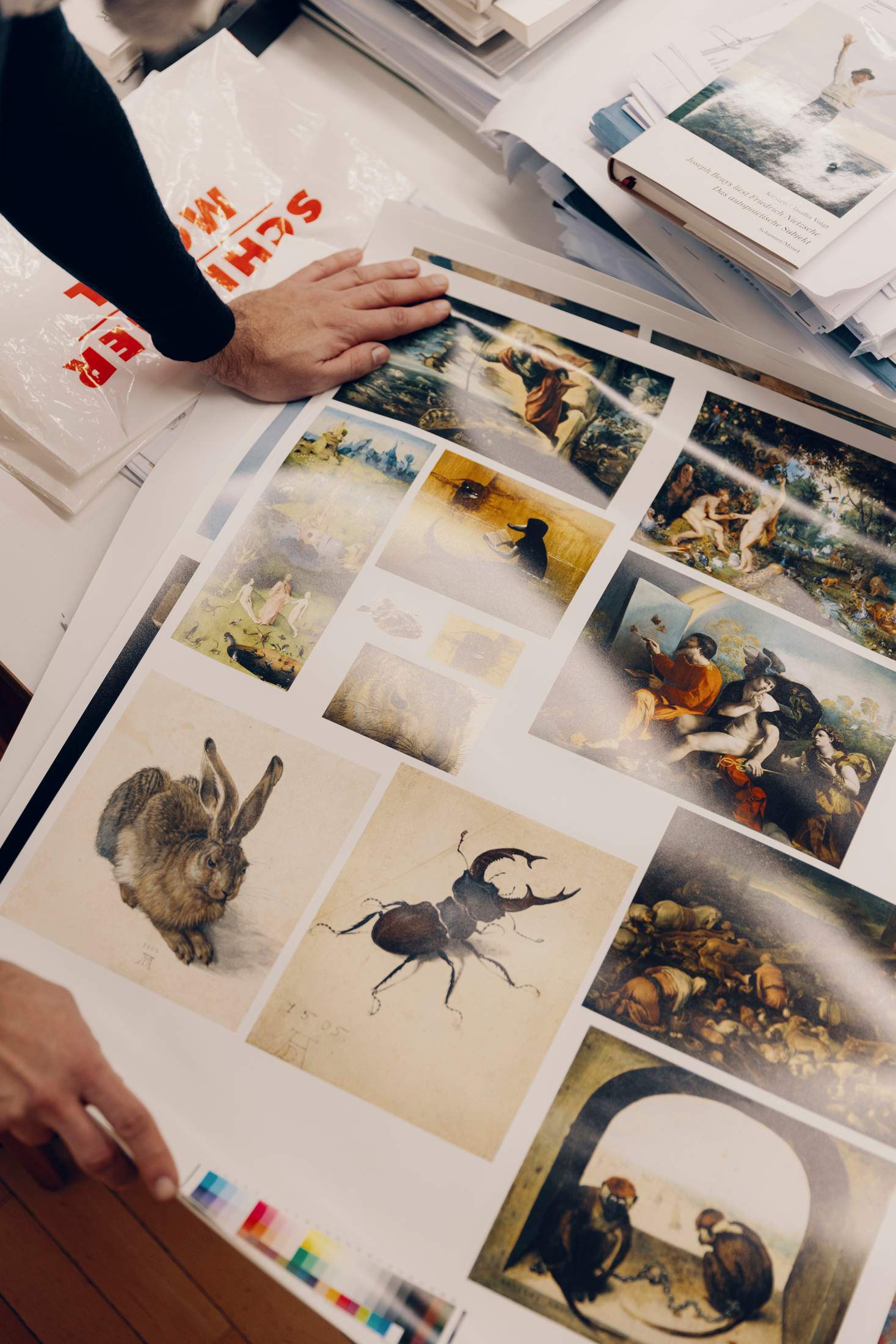
The company’s journey began with a teenager’s fascination with art. Schirmer, who grew up in Köln, used to visits artists’ studios. Aged 19, he went to the third edition of Documenta, the quinquennial art exhibition held in the town of Kassel. It was there that he saw the work of Joseph Beuys and, despite his youth, became a friend of the esoteric conceptual artist. Keen to buy drawings by Beuys, the young Schirmer began working on a construction site to finance his purchases.
Schirmer stored his fledgling collection under the bed in his student flat and soon realised that he could turn his hobby into a career that would allow him to work directly with art and artists. “The easy way would have been to become an art dealer,” he says. “But I didn’t want to sacrifice my little collection.” Instead, he moved to Munich where he teamed up with Erik Mosel, an advertising copywriter, and in 1974 founded Schirmer/Mosel (the latter left the business a decade ago but retains a stake in the company).
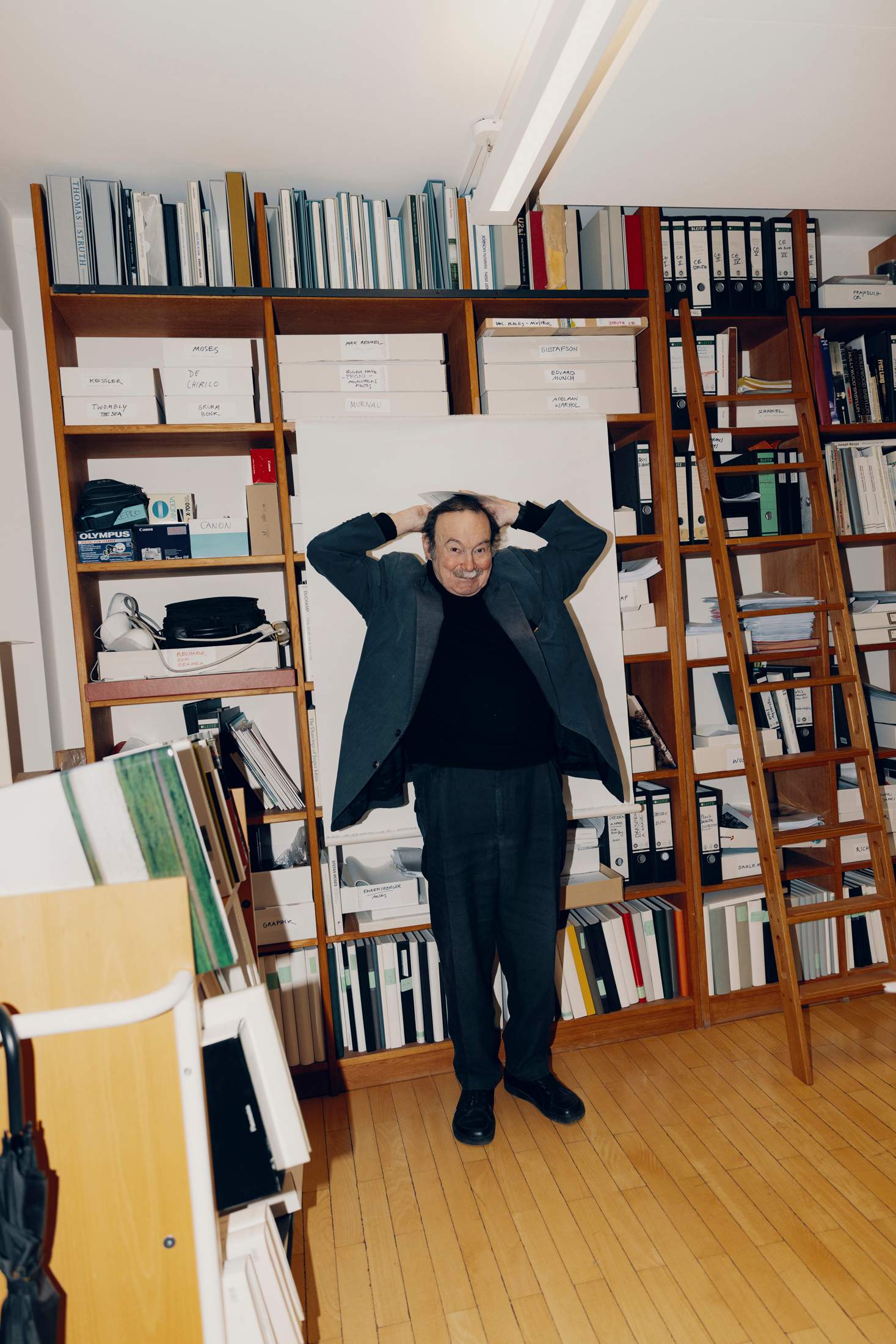
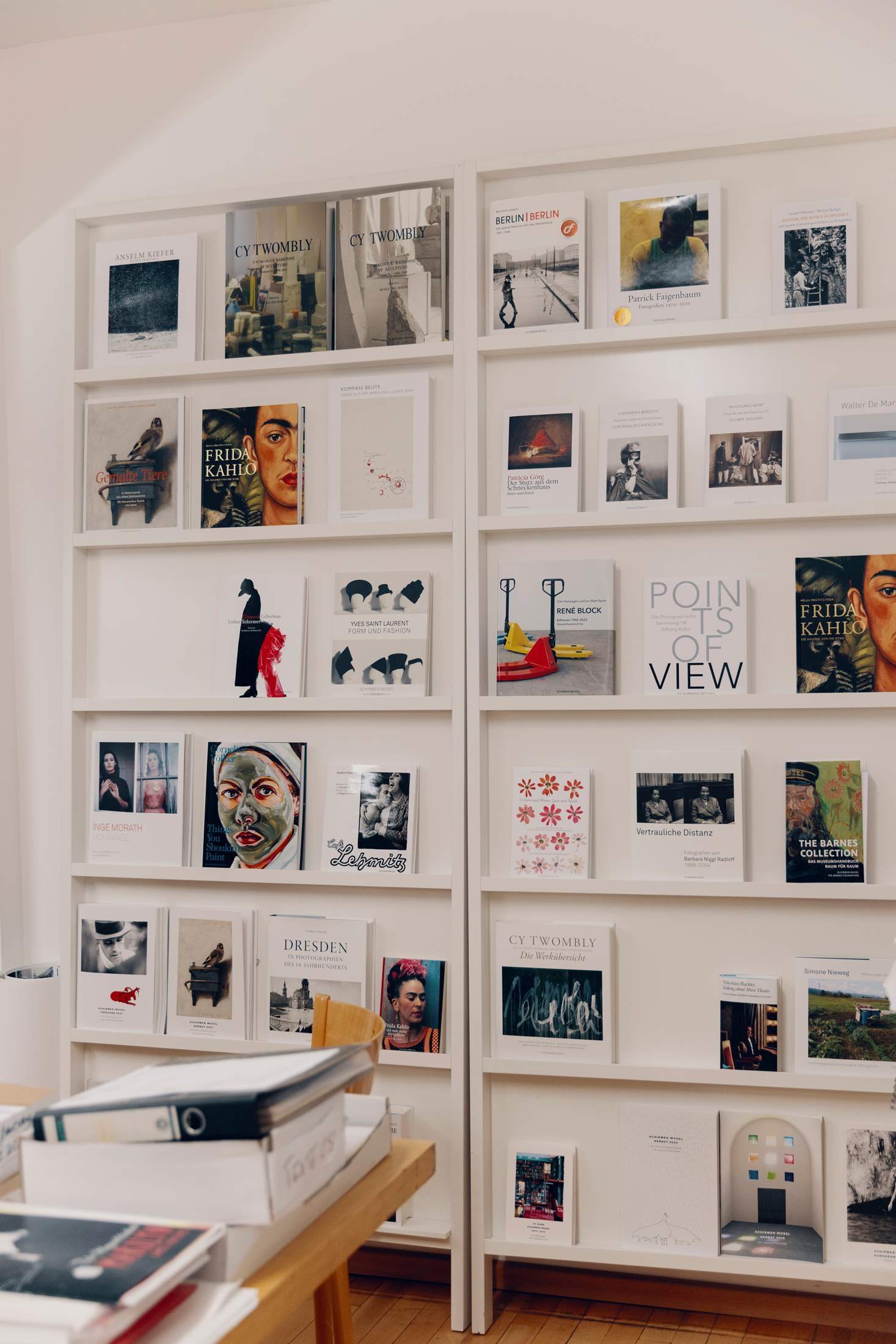


Alongside Beuys, Schirmer was an avid early collector of US artists Walter de Maria and Cy Twombly. Working on books about them, it turned out, was the ideal way to gain access to their studios. “If I’m making a monograph, they show me everything, even the works they’ve rejected,” he says.
Schirmer didn’t just introduce the German public to the latest currents in abstract expressionist and minimalist art on an intellectual level. He also ensured that many of these works were physically present in Munich. In 2012 his collection of Beuys sculptures were moved into the new wing of the Lenbachhaus museum.
Light reading
Essential Schirmer/Mosel tomes
Brassaï. Flaneur through Paris at Night
Hungarian photographer and sculptor Brassaï was fascinated by Paris’s nocturnal scene. These photos, taken during his nightly rambles in the 1930s, blend art and reportage.
Bibliotheken
An insightful essay by Italian writer and philosopher Umberto Eco accompanies this photographic survey of the world’s best-known and most beautiful libraries, from Europe to North America.
Frauen Sehen Frauen
Is there such a thing as a “female gaze” in photography? Published in 2001, this anthology, which contains 159 photographs by 90 women, tries to answer the question.
Bernd & Hilla Becher: Typologien
The titular duo’s photography exists between conceptual art, typological study and topology. In this monograph, each chapter is dedicated to a different structure, water towers and coal breakers among them.
Kompass Beuys: Werke der Sammlung Ludwig Rinn
Art collector Ludwig Rinn acquired his first works by Joseph Beuys in 1966 and met the artist for the first time two years later. Their final encounter took place in 1985, just six months before the artist’s death. Published in 2022, Schirmer/Mosel’s recent book offers insights into Beuys’ life and artistry via a deep-dive into the drawings that make up Rinn’s extensive collection. A must for admirers of either.
People trek to the New Mexico desert to see land art pieces by De Maria but Schirmer has an installation in his apartment. He believes, however, that his most important contribution to the art world has been platforming the work of photographers. While it’s now common for book publishers to think of photography as an art, it was a genre that most German houses frowned upon as recently as 50 years ago.
To Schirmer, none of that mattered. In Schirmer/Mosel’s first years, he published Rheinlandschaften (“Rhine Landscapes”) by the late August Sander and Photographien Berlin 1890-1910 by Heinrich Zille. Crucially, the pioneering photographers’ books were presented in the same format as other artists, featuring a plain cover with a single image and, inside, a section of critical texts followed by the pictures. His gamble paid off; the books were commercial successes. While Schirmer’s first book on Beuys’ drawings sold 800 copies, the first Zille tome sold 50,000.
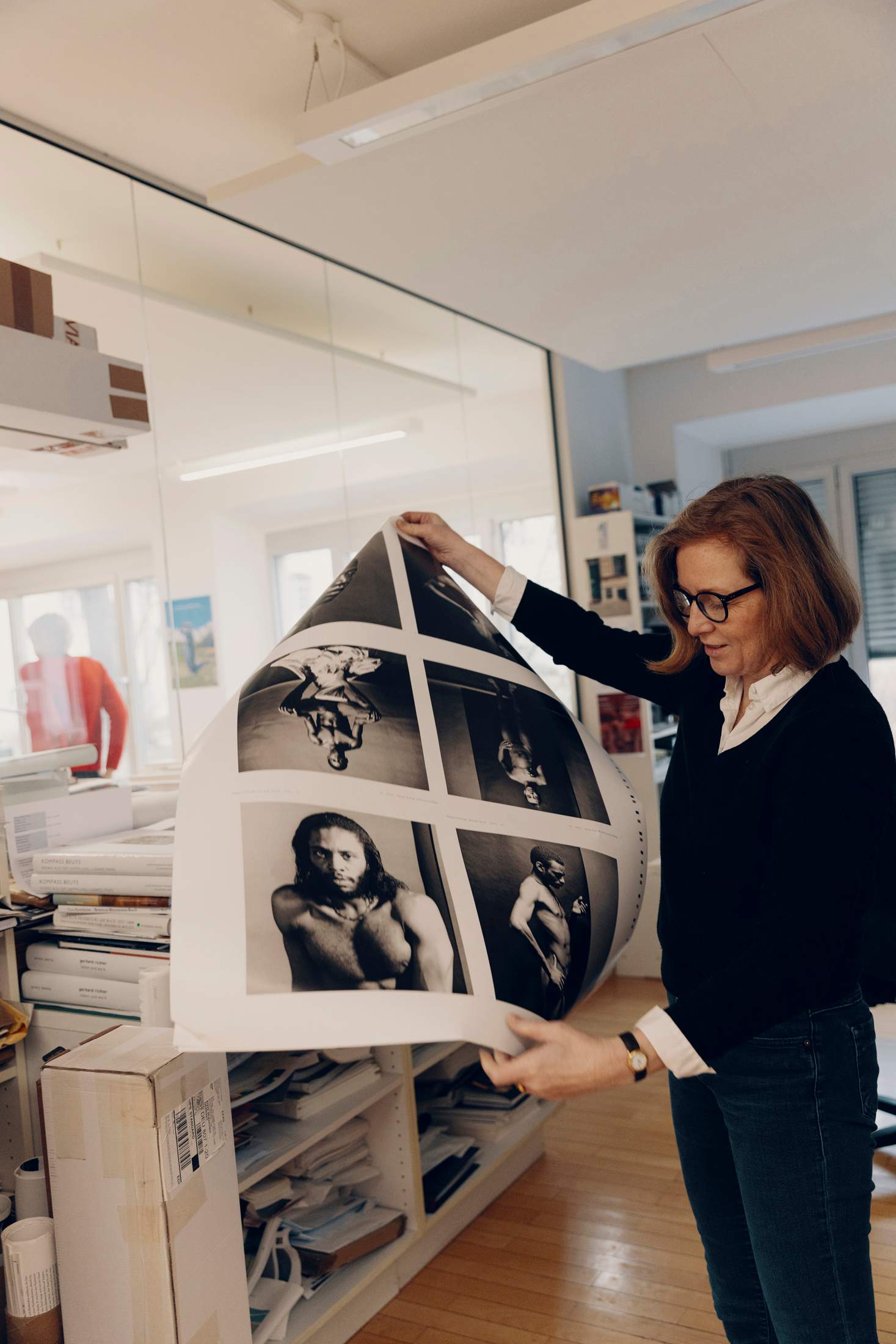
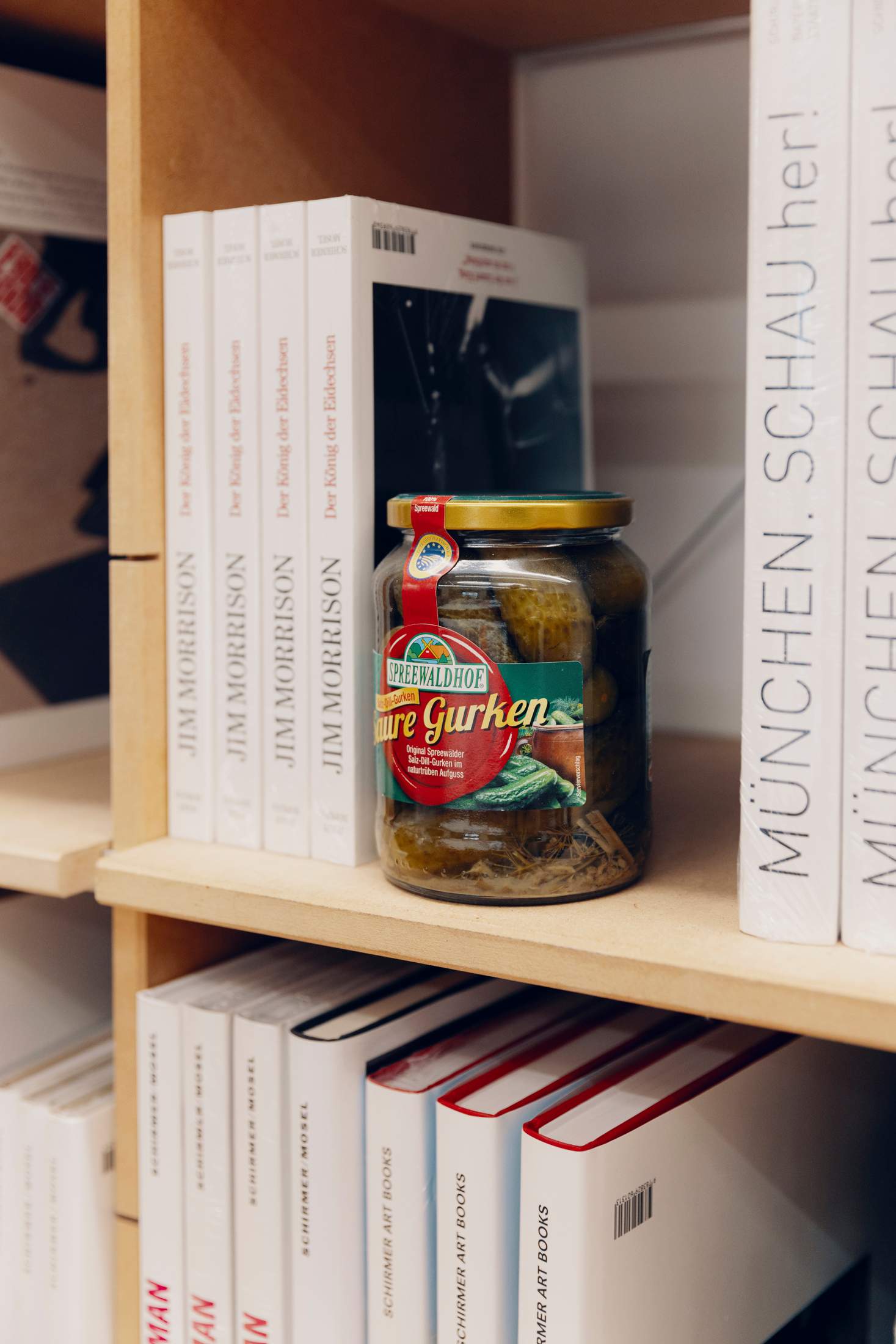

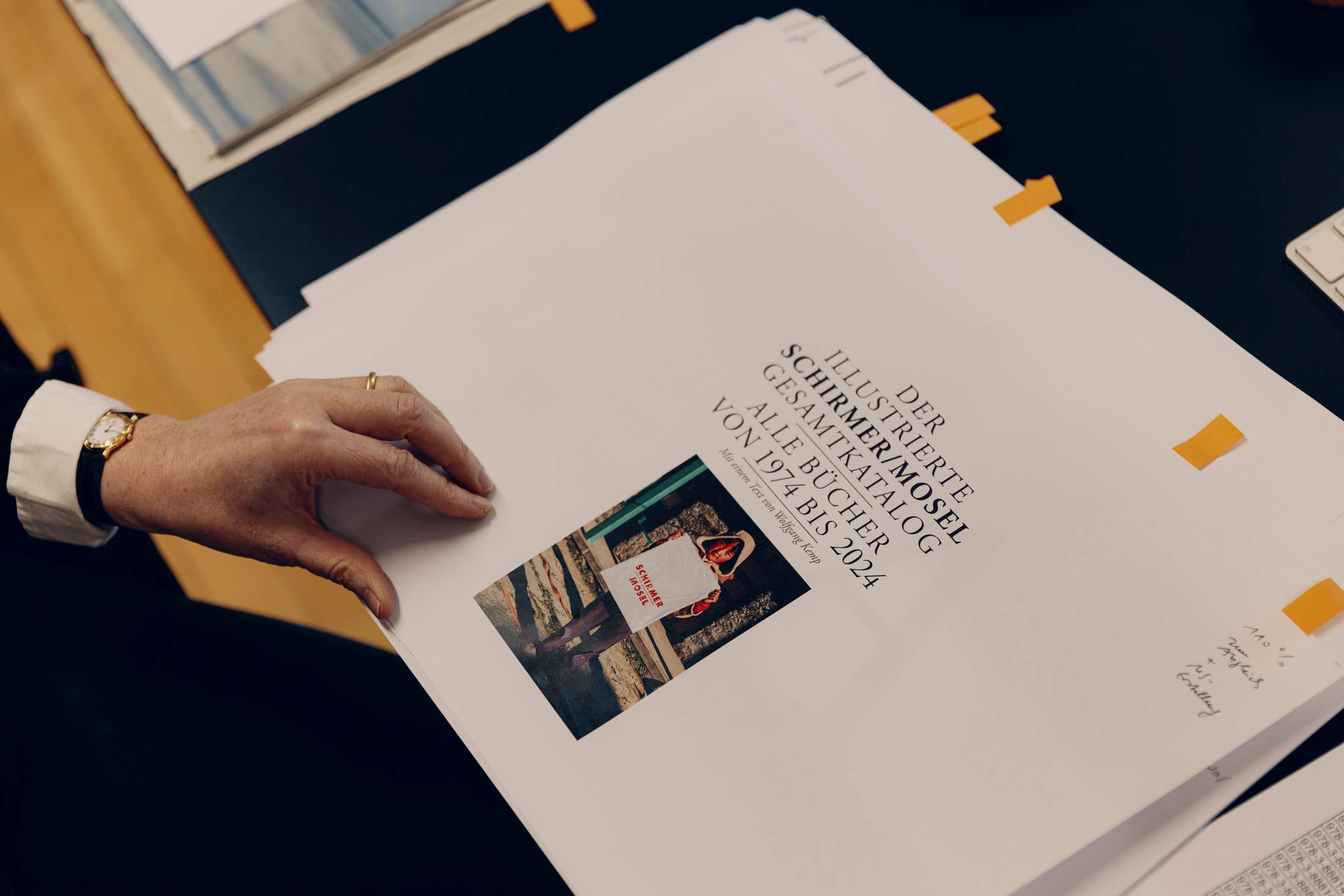
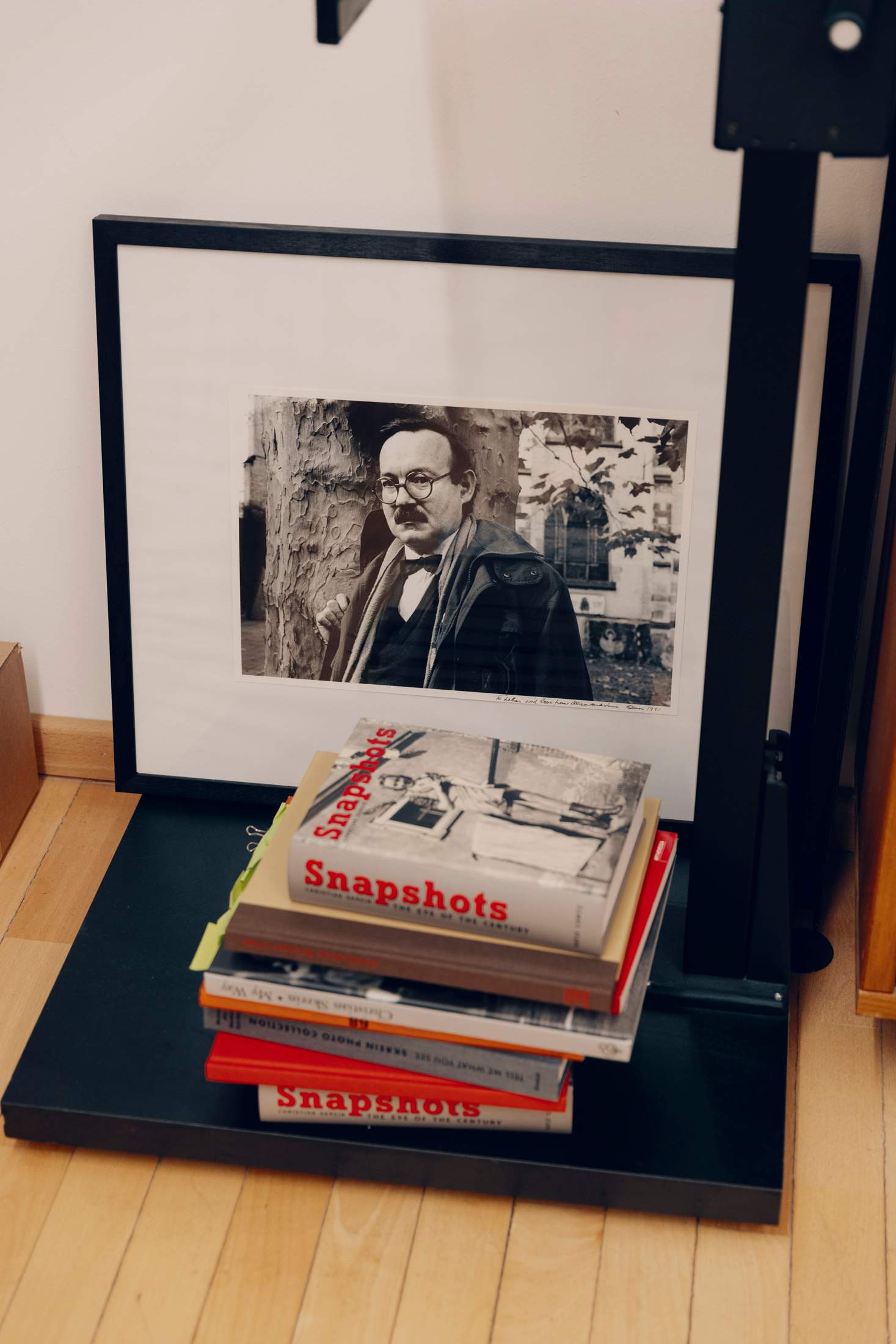
Even so, many in the art world balked at Schirmer’s decision to give institutional recognition to photography as an art form. “Beuys always said that every human activity has a piece of art in it but photography doesn’t,” says Schirmer, chuckling. Today the publishing house is recognised as an innovator but Schirmer’s intentions were always simpler: to embrace his sense of curiosity and play. “It was clear to me that I could only do this as long as I have fun,” he says, sitting at his desk heaped high with papers.
Yet while he continues to have fun, Schirmer also acknowledges that one day his working life must come to an end and the reins, of course, be passed on. Who should take over? His answer is simple: “It just needs a person who is passionate about pictures.” —


